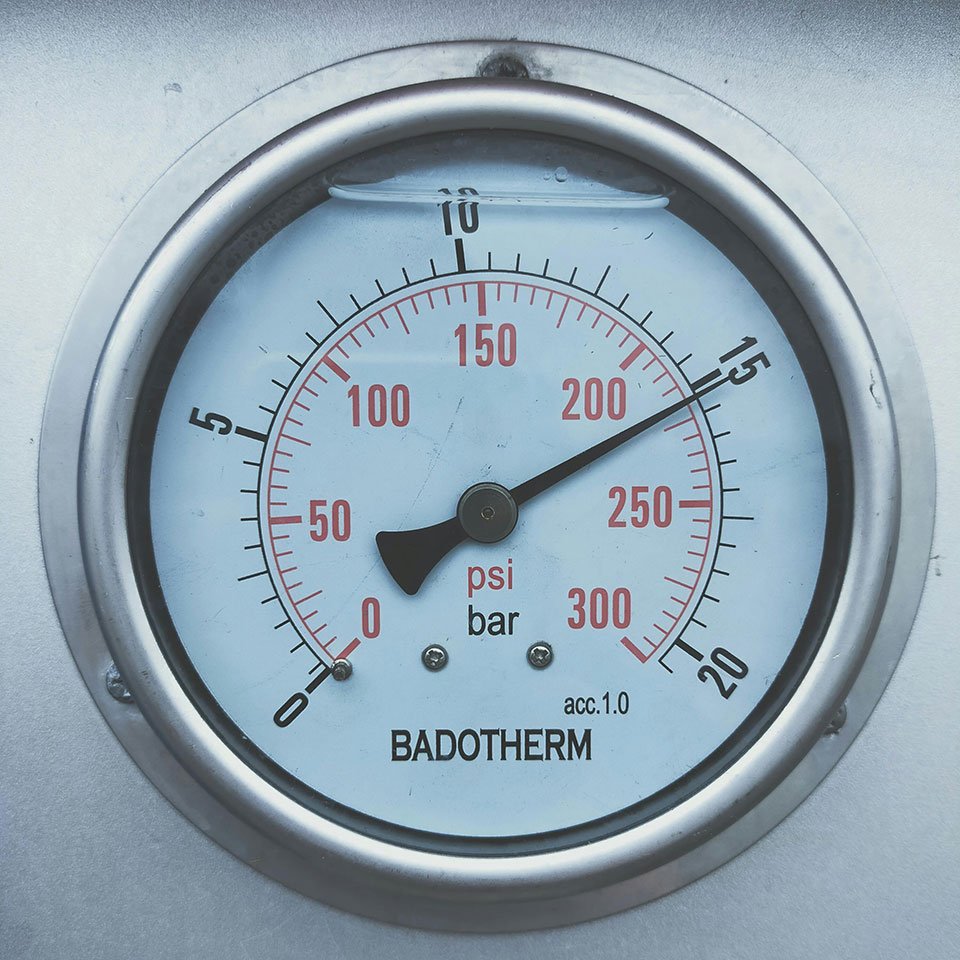Pressure converter for accurate pressure unit conversions
This pressure converter tool helps you perform accurate pressure conversions between 59 units:
Common pressure units explained
Learn more about these commonly used pressure units:
All possible pressure conversions
Below, we provide an overview of all the pressure conversions available on this website to help you navigate and utilize our resources efficiently.
What is Pressure?
Pressure is the force exerted per unit area on a surface. It is a fundamental concept in physics and engineering, used to describe how force is distributed over an area.
Common Units of Pressure
Pressure is measured in different units depending on the application and region. The most common units include:
- Pascal (Pa) - The SI unit of pressure, where 1 Pa = 1 N/m².
- Atmosphere (atm) - A unit based on the average atmospheric pressure at sea level, where 1 atm = 101,325 Pa.
- Bar - Commonly used in meteorology and engineering, where 1 bar = 100,000 Pa.
- Pounds per square inch (psi) - Widely used in the United States, where 1 psi = 6,894.76 Pa.
- Millimeters of mercury (mmHg) - Common in medical and meteorological fields, where 1 mmHg ≈ 133.322 Pa.
Below, an eye-level photo of a pressure gauge meter is shown. This instrument measures pressure in psi (pounds per square inch) and bar units, which are two of the most common pressure units.

FAQs About Pressure
What is absolute pressure vs. gauge pressure?
Absolute pressure is measured relative to a perfect vacuum, while gauge pressure is measured relative to atmospheric pressure. For example, tire pressure is typically given in gauge pressure, which excludes atmospheric pressure.
Why is pressure important in engineering?
Pressure is crucial in engineering for designing structures, pipelines, and machinery. It ensures that materials can withstand force distributions without failure, optimizing safety and efficiency in various industries.
How does altitude affect pressure?
As altitude increases, atmospheric pressure decreases because there is less air pushing down from above. This effect is significant in aviation, meteorology, and human physiology.






